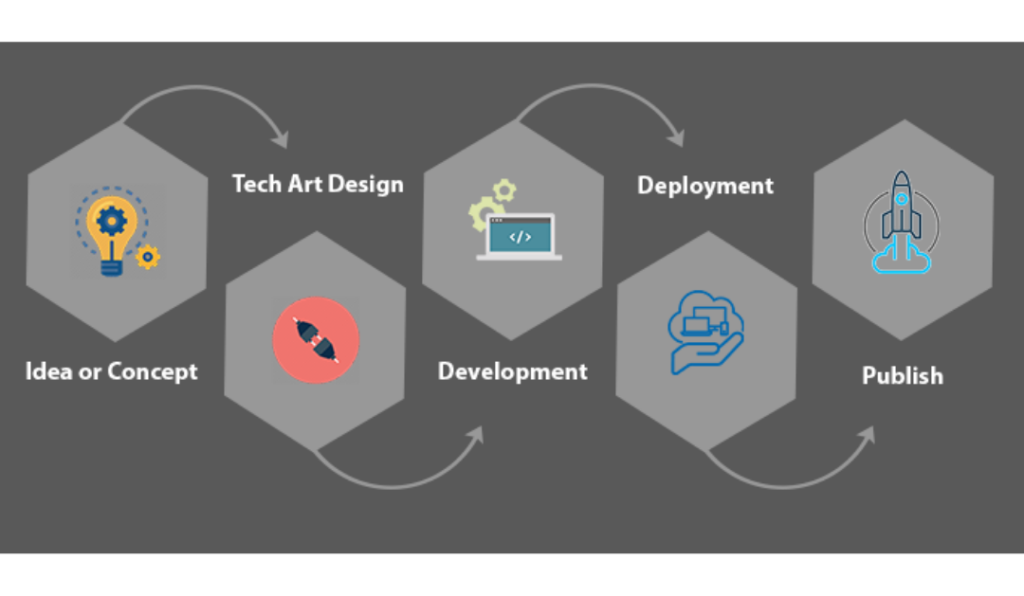In the fast-paced world of financial markets, imagine having an assistant who works tirelessly, executing trades on your behalf based on preset criteria. Welcome to the realm of algorithmic trading, where sophisticated algorithms take center stage, transforming the way trades are executed.
So, what exactly is this buzz about algorithm programming for automatic trade execution? Let’s break it down in plain, entertaining terms!
Picture this: you have a set of specific rules, conditions, and strategies you want to apply when buying or selling stocks, currencies, or any financial assets. Instead of staying glued to your screen, watching market movements and executing trades manually, you can program these rules into algorithms.
These algorithms are like your personal assistants – they analyze market data, detect patterns, and automatically trigger trade orders when predefined conditions are met. It’s like having a smart friend who knows precisely when to make a move in the stock market, without getting flustered or making emotional decisions.
But wait, how do these algorithms know what to do? It’s all about the code! Algorithm programming involves writing sequences of instructions in a language that computers understand. These instructions include criteria such as price movements, volume changes, moving averages, and various technical indicators.
Think of it as teaching a robot to dance: you give it step-by-step instructions, like “when the price goes up by 5%, sell,” or “if the volume exceeds a certain threshold, buy.” These instructions are coded into algorithms using languages like Python, Java, or C++, allowing them to perform complex tasks with lightning speed.
One fascinating aspect is the adaptability of these algorithms. They can learn from past market data, adjusting their strategies and improving their performance over time. It’s like a self-improving AI assistant that gets better at its job the more it works.
However, let’s not overlook the risks involved. While these algorithms can be incredibly efficient, market conditions can change unexpectedly. Sometimes, they might misinterpret data or encounter unforeseen events, leading to losses. That’s why human oversight and periodic adjustments to these algorithms are crucial.
Despite the risks, algorithmic trading has revolutionized the financial world, enabling lightning-fast trade execution and empowering traders with efficient tools to navigate markets. It’s like having a secret weapon in your trading arsenal, working tirelessly to help you stay ahead in the competitive world of finance.
In a nutshell, algorithm programming for automatic trade execution is like having a tech-savvy assistant who follows your trading strategies to a tee. It’s a fascinating blend of coding prowess and financial wizardry, reshaping the way trades are executed in today’s dynamic markets. So, get ready to embrace the power of algorithms and let them take your trading game to the next level!


